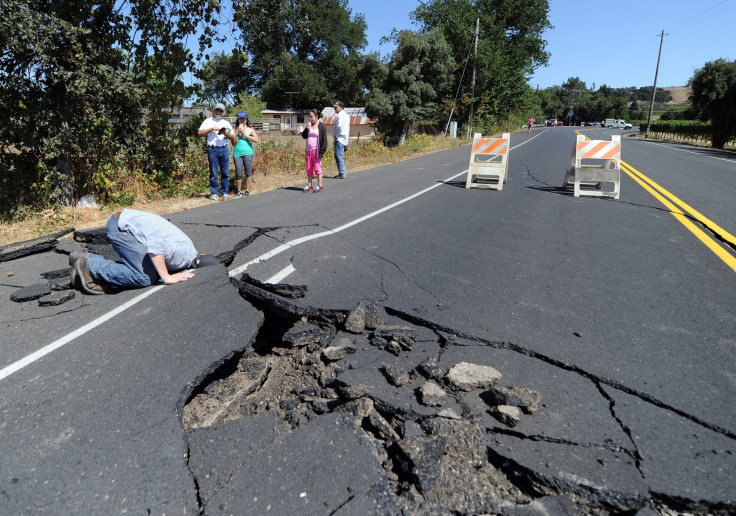Big One Earthquake Warning: Breakthrough Tech Could Save Many Lives

Could scientists be able to predict earthquakes and prevent catastrophic damages that can be caused by the dreaded “big one”? Based on new studies, there might be a way to know if such events will actually occur and could save countless precious lives in the process.
According to a report, new research from a group of Russian scientists now shows that there might be a way to determine if an earthquake will strike five days before the actual occurrence. Per the report, it is possible to gather data from deep below the Earth’s surface which can be used to predict if a major earthquake is coming.
Using data that measures the Earth’s internal gravity waves (IGWs), an occurrence which stems from the fluids of the Earth’s interior, the Russian scientists said that they will be able to make a fairly accurate prediction of what’s going to happen next in terms of geological movement.
The researchers from the HSE University and the RAS Space Research Institute (IKI), both in Russia, said that they can gather this data by using “finely tuned satellites” which can actually detect small oscillations from the Earth.
The study was conducted by analyzing three earthquakes that happened in Uzbekistan on May 26, 2013, Kyrgyzstan on January 8, 2007 and in Kazakhstan on January 28, 2013. Per their initial report, the scientists were able to detect slight IGWs which presented itself as “fluctuation of air mass” at least five days before the earthquakes struck.
The research, which was published in the journal Doklady Earth Sciences, said that scientists were able to detect some significant thermal changes in the middle atmosphere stemming from the lithosphere, preempting the tremors.
“This means that processes occur in the Earth’s lithosphere, the development of which gives rise to convective instabilities in the lower atmosphere. They are the cause of IGW in seismically active regions. Internal gravity waves, once they reach the mesosphere, can be destroyed. When this happens, the IGW energy transforms into thermal motion, which affects the temperature,” Sergey Popel, professor at the HSE Faculty of Physics and head of the IKI laboratory, said.
If applied properly, this research might prove helpful in predicting major earthquakes like “the Big One” which could pose some catastrophic effects to states like California.
© Copyright IBTimes 2025. All rights reserved.





















